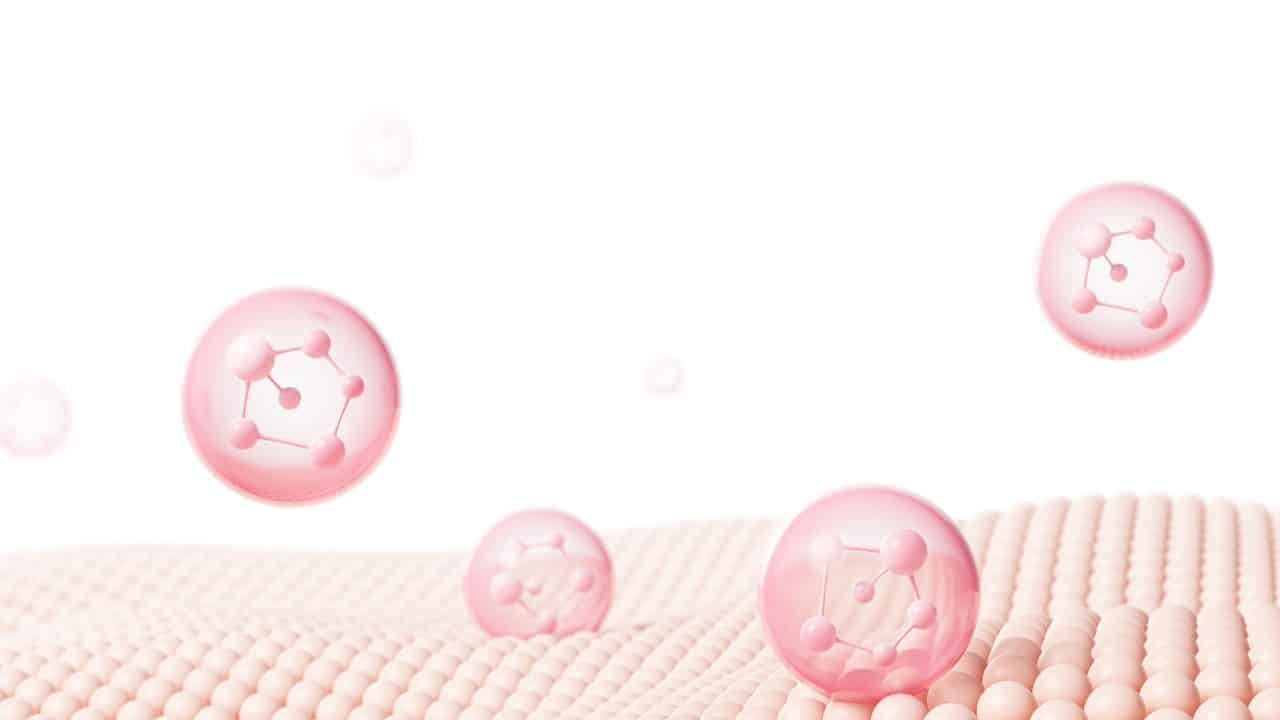The Basics of the Skin: Exploring its Layers and Functions |

The skin is the body’s largest organ, and while it may seem simple on the surface, it is actually a complex structure with various layers and functions. In an interview with the Health Channel, Dr. Ileana Perez-Quintairos, Dermatologist with Baptist Health South Florida, delves into the basics of the skin, exploring its different components and their roles. By understanding the intricacies of this remarkable organ, we can gain insights into its health and aging process.
Let’s begin with the epidermis, the outermost layer of the skin. Within the epidermis, we find the stratum corneum, which is the dead part of the skin. Moving further down, we encounter the rest of the epidermis, extending to the basal layer. The epidermis serves as a protective barrier against external factors and helps regulate moisture levels in the skin. Keeping the epidermis healthy is crucial in preventing conditions such as precancerous lesions and maintaining a vibrant appearance.
Beneath the epidermis lies the dermis, a layer that plays a significant role in the skin’s overall health and vitality. The dermis houses crucial components such as collagen and elastin, which provide structural support and elasticity. It is also home to blood vessels and lymphatic tissues, ensuring adequate nourishment and waste removal for the skin. The dermis is heavily involved in the aging process, and its integrity is essential for maintaining youthful-looking skin.
Moving deeper into the skin, we encounter the subcutaneous fat and underlying muscle layers. The subcutaneous fat provides cushioning and contributes to the skin’s suppleness. However, fat loss, particularly in facial areas, can contribute to an aged appearance. The muscles beneath the skin play a role in facial expressions and give structure to facial tissues, influencing our overall facial appearance.
The skin is also equipped with various appendages that serve essential functions. Hair follicles are present throughout the skin and provide insulation and protection. Sebaceous glands produce sebum, a natural oil that helps moisturize and protect the skin. Additionally, the skin contains sweat glands, which aid in temperature regulation and excretion of toxins. These appendages play a vital role in maintaining a healthy and protective barrier for the skin.
The skin is a remarkable organ with a complex structure and diverse functions. From the outermost layer, the epidermis, to the deeper layers such as the dermis, subcutaneous fat, and muscles, each component contributes to the overall health and appearance of the skin. Understanding the basics of the skin and its various layers helps us appreciate its importance and motivates us to care for it properly. By nurturing and protecting our skin, we can promote its vitality and maintain a youthful and radiant complexion.
To find out more about the skin, you can check out more videos on the Health Channel YouTube: https://www.youtube.com/watch?v=nmCMJJxViW8








